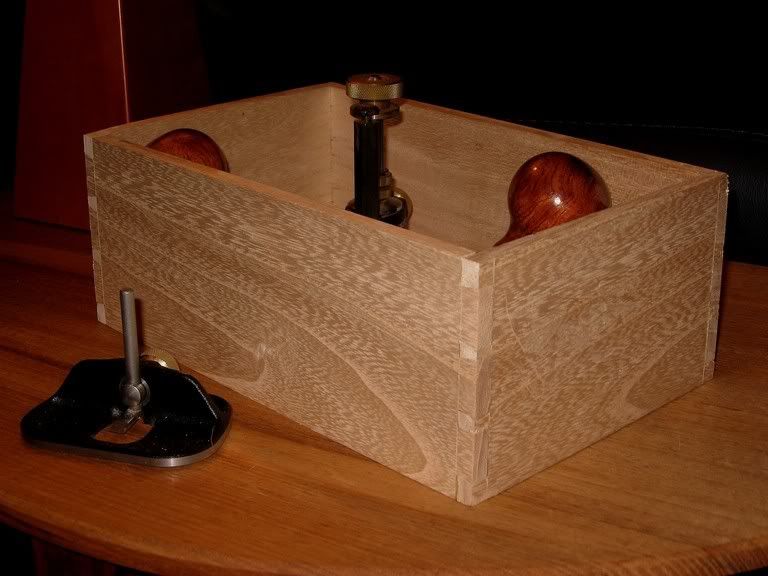Hi All,
After finishing my workbench and a homebrew air cleaner, I'm finally starting my first woodworking project that isn't a another device for woodworking! So, I'm dimensioning up some stock for a trinket box that I want to make as a gift.
To what tolerances do you all plane dimensioned lumber? I've done my best, and I've still found at the end of the day about 1/16" off from equal thickness and 1/16" off from perfectly flat. I got really frustrated in the process of getting that, so I'm not sure that I could get it any flatter without losing my temperI know, I know, patience is a virtue...
Do you think the box will still come together ok with those kind of tolerances?
Also, in the process of doing this dimensioning, I used a 4 ft aluminum straight edge that has a rather thick edge. If I tilt it, I can see more gaps, but sometimes I think light refraction is playing tricks on me. What are people's experiences with aluminum straight edges and how much unstraightness they show? Should I just be using my benchtop (although it is flat, its not quite as flat as a straight edge)?
Thanks as always for your wonderful advice!
-Ray





 Reply With Quote
Reply With Quote






 Jr.
Jr. 
